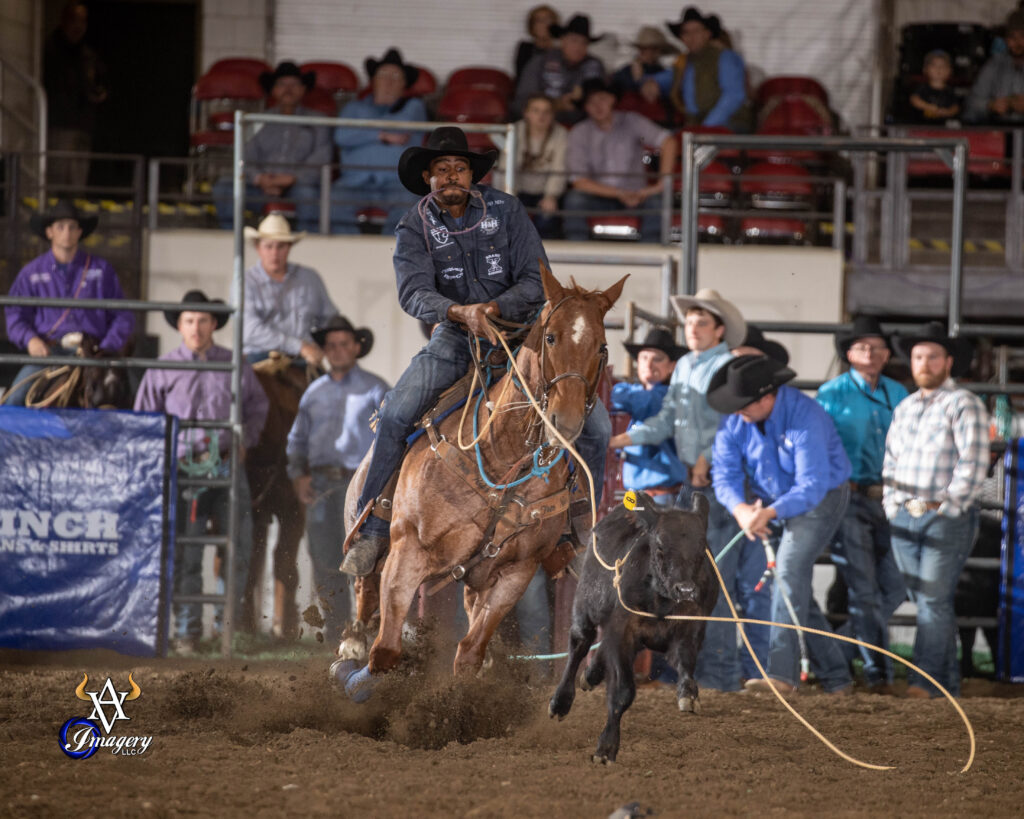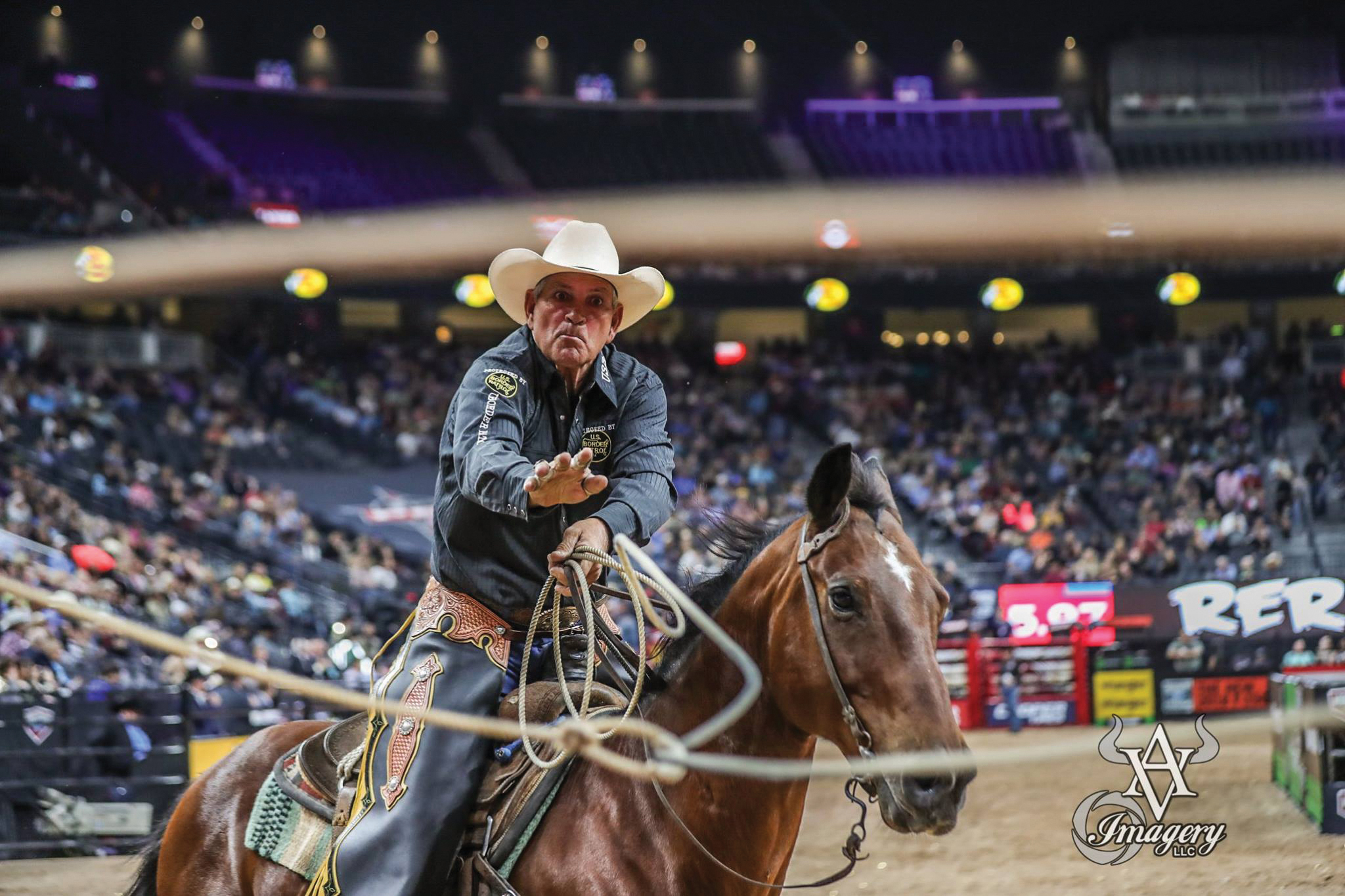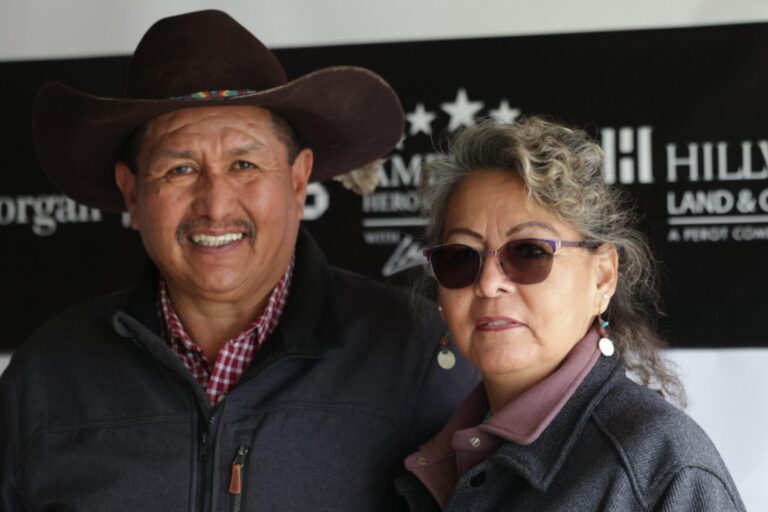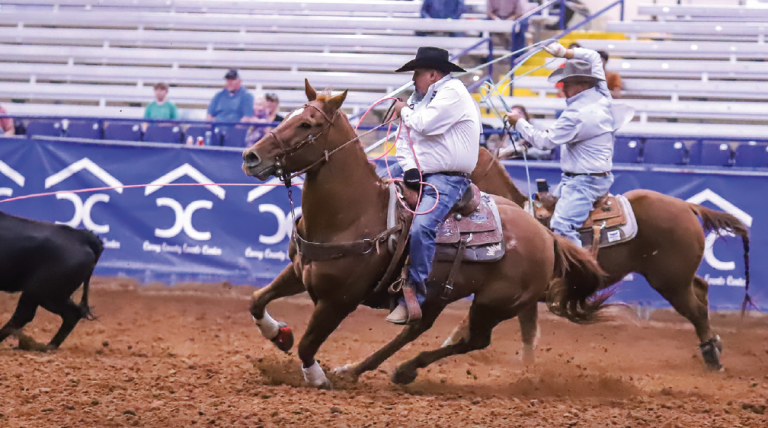
The name Phil Kitts should ring a bell. As the photographer behind Avid Visual Imagery, he’s a linchpin in this brand’s efforts to run captivating photography with our stories. He’s also a U.S. Army veteran and survivor of an Iraq War car bomb. And above all, he’s a cowboy.
Today, Kitts is a father of four running the legs off the photography business in Kansas with his wife, Heidi. His start was on the other end of the lens, though.
A Cowboy First
“My whole life’s been rural,” Kitts explained. “Born in California. Lived on a pretty good-sized cattle operation up until high school, just south of Bakersfield, up on The Grapevine. Then we moved to Springville, and we had a small plot, but we worked cattle on a bigger operation with some people close to there. Finally, my parents wanted out of California, so we went to Oregon.
Along the way, he and his brother rodeoed.
“I’ve done all the events,” Kitts said. “Anything from team penning to working cow horse stuff. Roping was kind of the one place we could make a little money. We were a decent team. We ran mostly high school stuff and some open stuff up there in the Northwest. Probably could have made a better career out of it, but we were a poor family.”
They were also a military family.
READ MORE: Team Ropers Who Served
Serving His Country
“I knew I had to serve,” Kitts said. “I worked in California and Montana in Emergency Medical Systems but, finally, in 2000, I raised my hand and I just did what I had to do.”
Kitts was stationed an hour west in Washington, D.C., with the Army.
“We did presidential stuff for Bush, burials in Arlington National Cemetery, represented the Army coast to coast. It was a really lucrative little gig for my first stop.”
It also afforded Kitts the opportunity to spend time in the National Archives.
“In my boredom as a young private, I traced my family lineage all the way back to Washington’s 100 in the original Continental Army. We’ve served in every conflict in every war and, pretty much, in every generation from the start of this country.”
The high-and-tight scene of D.C. service didn’t last, though.
“I was 800 feet from the Pentagon when it got hit,” Kitts said. “There for 9/11. I did most of the cleanup and recovery, and I was 24 years old.”
The attack lit an angry fire in Kitts.
“I was a typical cowboy type, and I was pissed off at the world,” he said of deciding to forego the clear path to success in D.C. “I chose to go to Alaska because I knew they were going to Iraq. … It was no longer spit, shine and polish. It was get dirty and fight. We went there, trained up and that led me to my first tour in Iraq.”
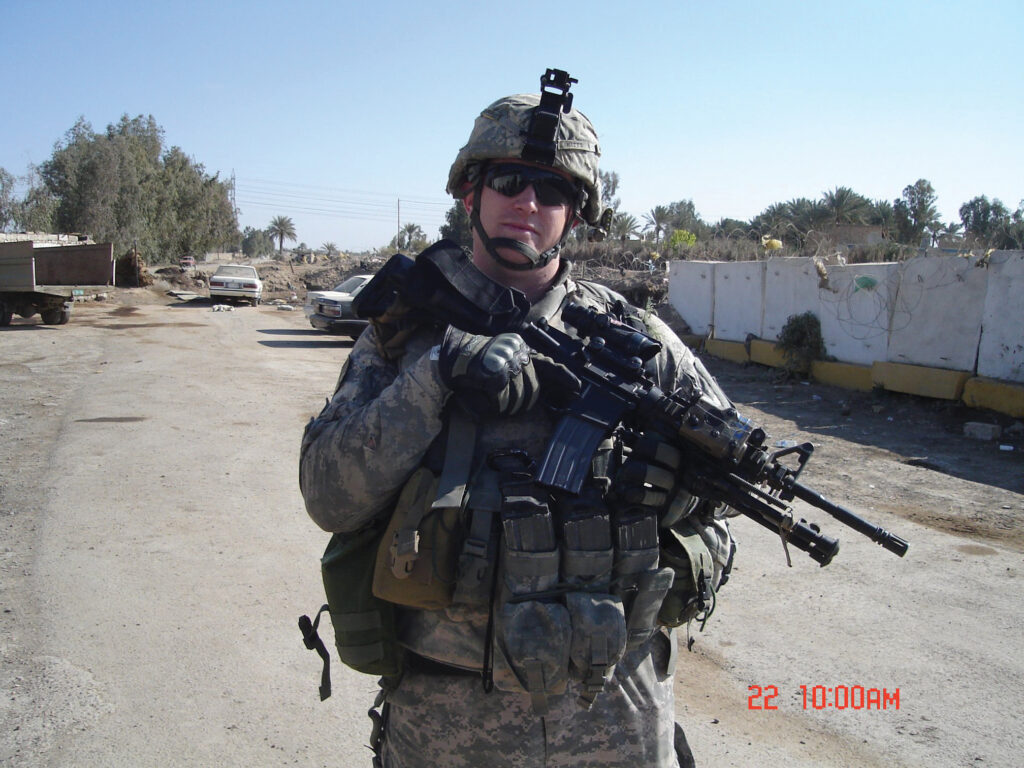
A Turning Point
When Kitts was medically retired from service after his second tour in Iraq, it was from injury complications sustained in his first 18 months.
“Long story short, a car bomb attacked our convoy,” Kitts began. “Luckily, the good Lord had His hands on me that day [and] I didn’t catch a piece of shrapnel to the face, but the blast got me. I was in La-la-land when I came to…. My chickens were scattered.”
Kitts, an MOS 11B Infantryman, knew he wasn’t right, but he was in a leadership position in combat. And he was a cowboy.
“Go talk to a bull rider who just got dumped on his head. It’s ‘Cowboy Up,’” Kitts said. “I’m leading a squad of seven guys. I don’t want to say anything because I don’t want to let somebody down. So, I just don’t tell anybody I’m struggling.”
Phil Kitts Gets Behind the Lens
Kitts returned to Fort Riley and the birth of his youngest son when his cowboy house of cards fell. Long-ignored leg and shoulder injuries led to Traumatic Brain Injury diagnoses and their accompanying PTSD symptoms. He was in a wheelchair for just short of a year and, in that year, suffered two strokes related to the TBIs. The Army dismissed Kitts from service.
“I wanted to stay in; I was on track to make the highest of ranks in 15 years. I was kicking butt.”
The family fought the decision and lost, and Kitts, stripped of his ability to serve, fell into some dark habits.
Not unlike the tradition of military in his family, Kitts also comes from photographic ilk. He started shooting overseas.
“It was the Wild West over there and every day was the day you were gonna die,” Kitts said. “Trying to find something to keep my mind off stuff, I bought this piece-of-crap camera that I could just throw in my pocket, and I started shooting pictures.”
One day, he captured a low-flying Kiowa helicopter and shared it.
“It got passed around and used quite a bit,” Kitts said of the image employed by a host of news publications. “That was kind of what gave me the idea that I could cope better with some of the stress if, when I wasn’t busy, I could just shoot pictures.”
Years later, from his wheelchair, Kitts picked up a camera again.
“I’m blessed with an amazing wife who understood I was struggling and a daughter who was like, ‘At some point, this has got to stop.’ That led to the first camera.”
The family started a portrait photography business. Then, they turned to rodeo.
Returning to His Roots
“My wife saw an ad for a bull riding in Utah and we were like, ‘I grew up in rodeo. I know rodeo. Maybe I could photograph that. We literally pawned and sold stuff, traded stuff to get out there and shoot it [and] if we did a good job, we’d get five or six events out of it.”
In the world’s worst rodeo welcome, though, the Kitts weren’t even paid.
“It was rough, but we took the military mindset to pull up your bootstraps and get back to work,” Kitts said. “We started calling every horse ranch and rodeo association in Kansas and got connected with some horse shows that eventually led us to Youth Rodeo.”
From there Kitts subcontracted with a company shooting USTRC ropings and, now, he shoots ProRodeo events from Iowa to Arizona. Along the way, he supplies a cache of photographic resources to this company’s brands. He also produces advertising materials for rodeos, too.
In 2021, Kitts shot the Wrangler NFR, but in the wake of COVID-confusion costing another photographer a spot. Though Kitts seized the coveted opportunity, he doesn’t hang his hat on it.
“Maybe that day I’m selected for the NFR because I’m the guy, then maybe I’ll feel like I’ve gotten that ultimate win… but I try not to look at it like I’ve accomplished something. Especially in rodeo, if you don’t stay hungry, you go to the bottom of the heap real, real fast.” TRJ




